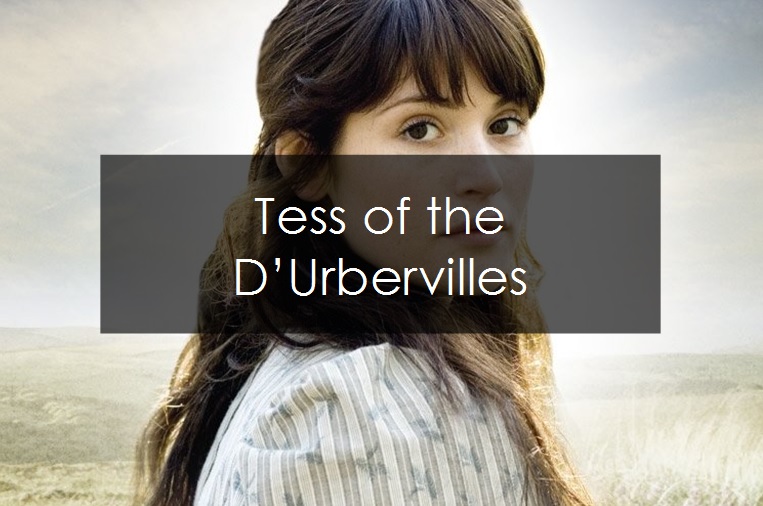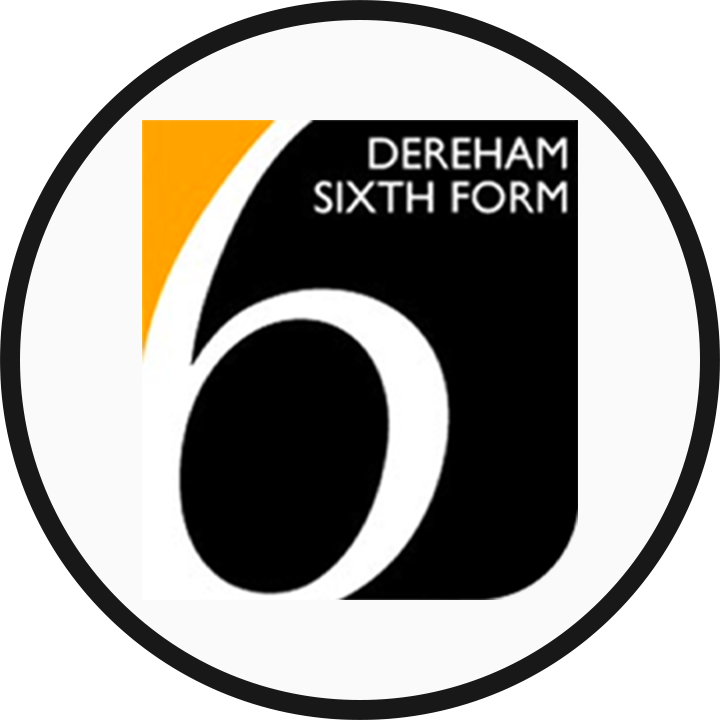McBratney, L. (2022) ‘Landmarks in criticism: Laura Mulvey and the male gaze’, English Review, 33 (2), pp.6-8.
Luke McBratney investigates the term ‘male gaze’ and considers how it might be applied to literary texts. This article briefly considers Hardy and Tess of the D’Urbervilles and male perspectives.
Jacobs, R. (2021) ‘Hardy and his Tess’, Emagazine, 92, pp.33-35.
Hardy’s work was at one time dismissed and belittled for all kinds of reasons. Richard Jacobs argues that these judgements are hard to sustain, not least of all when you look at the intricate and subtle patterns in the narrative, the complex use of cultural allusions and the character of Tess herself.
Atherton, C. (2019) ‘The tragedy of the common person’, Emagazine, 86, pp.62-64.
Carol Atherton argues that both Hardy‘s novel and Miller’s play, for all their differences, share a common set of ideas about the tragedies in the lives of ordinary people and the way they are created by the forces of a hostile society.
Middleton, C. (2019) ‘Texts in context: Tess of the D’Urbervilles by Thomas Hardy’, English Review, 29 (3), pp.20-21.
Fletcher, L. (2018) ‘Women of God? Tess, Jane and the nineteenth-century heroine’, English Review, 29 (2), pp.12-15.
Shows how two nineteenth-century novels centering on strong female characters reflect significant changes in British society.
Hebron, M. (2018) ‘a bold grace: women in Tess of the D’Urbervilles’, Emagazine, 80, pp.25-27.
Explorations of women in Hardy’s novel are, all too often, limited to a focus on Tess and her fate. Here Malcolm Hebron takes the discussion wider, to examine Hardy’s presentation of other women in the novel, revealing the richness and depth of his depiction of their lives.
Burden, L. (2015) ‘Angels and demons in Tess of the D’Urbervilles’, English Review, 26 (2), pp.16-19.
Laura Burden looks at Hardy’s presentation of his heroine’s relationships with Alec d’Urberville and Angel Clare.
Li Toh, W. (2012) ‘Hardy’s portrayal of the victimised female in Tess of the D’Urbervilles and The Return of the Native’, Emagazine, 57, pp.44-46.
The victims of male aggression and neglect, or agents of their own tragic destiny? Student Wen Li Toh considers Tess and Eustacia’s fate as women.
Worrall, R. (2010) ‘Topography in Tess: an endless quest?’, Emagazine, 48, pp.38-40.
Rob Worrall analyses the symbolic significance of place in Hardy‘s depiction of Tess‘s seemingly inevitable journey towards tragedy.


